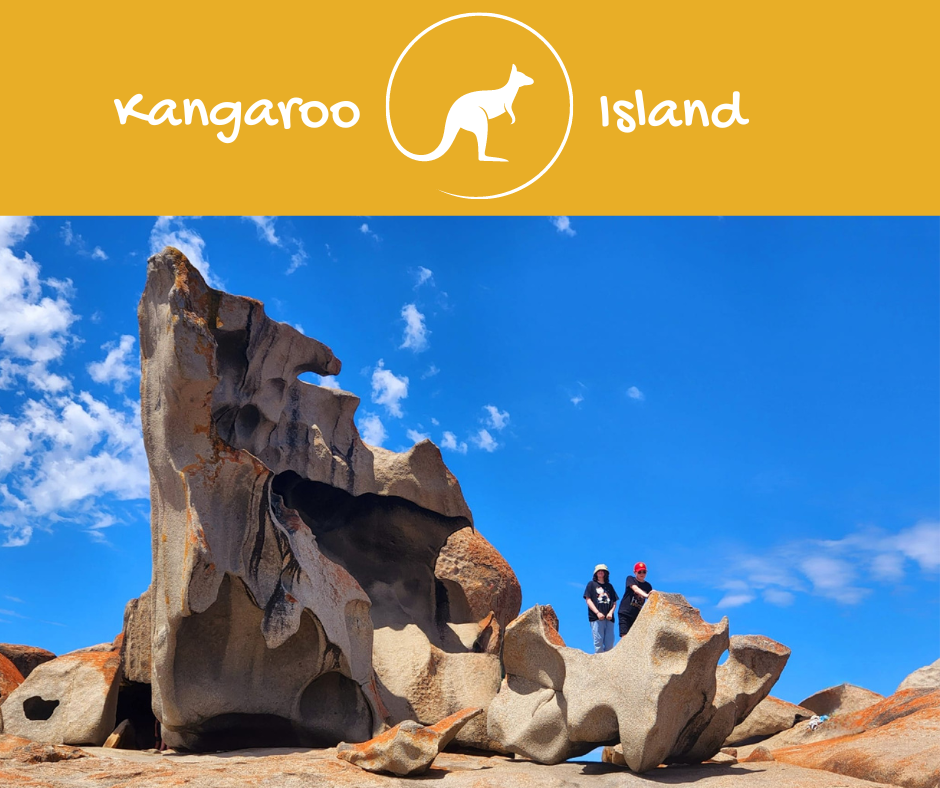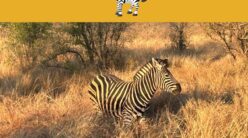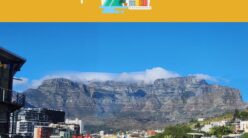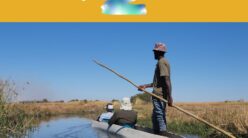We travelled with our 11-year-old Kidsetter and friends to Kangaroo Island. We had heard many great things about Kangaroo Island, and we were hoping that it wouldn’t disappoint. We were only visiting the island for a day, so we wanted to make the most of our time. We drove from the main town in Kangaroo Island to Flinders Chase National Park which took about 1.5 hours.
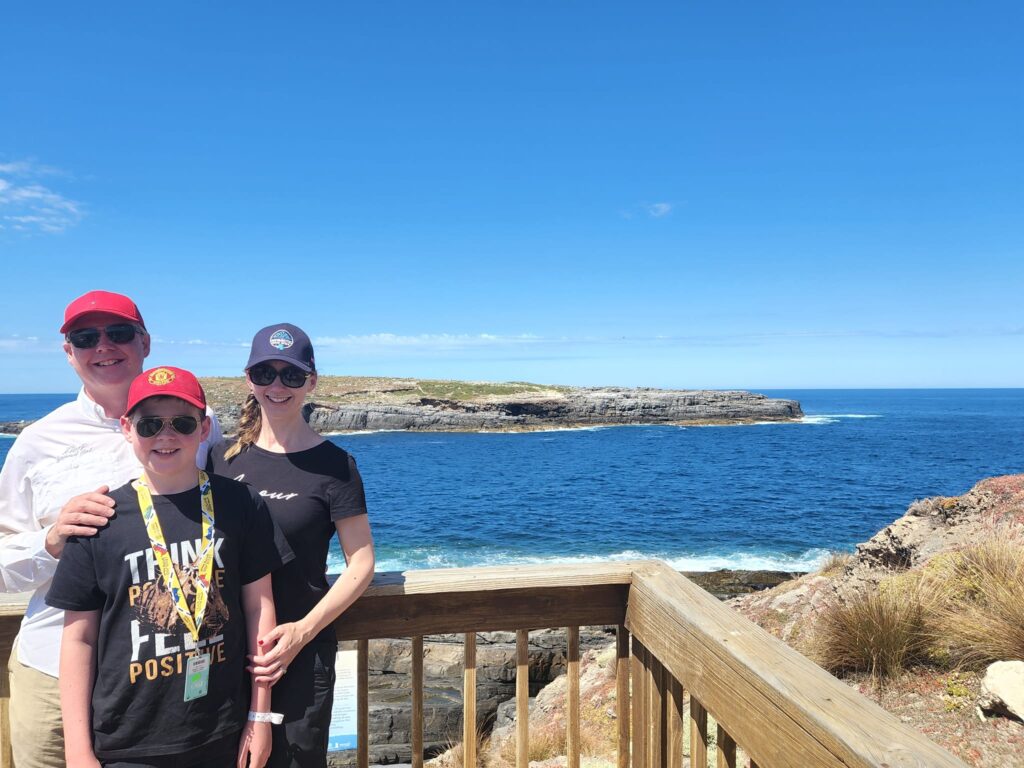
As we descended the long and windy boardwalk, we became excited as we started to see seals playing in the waves.
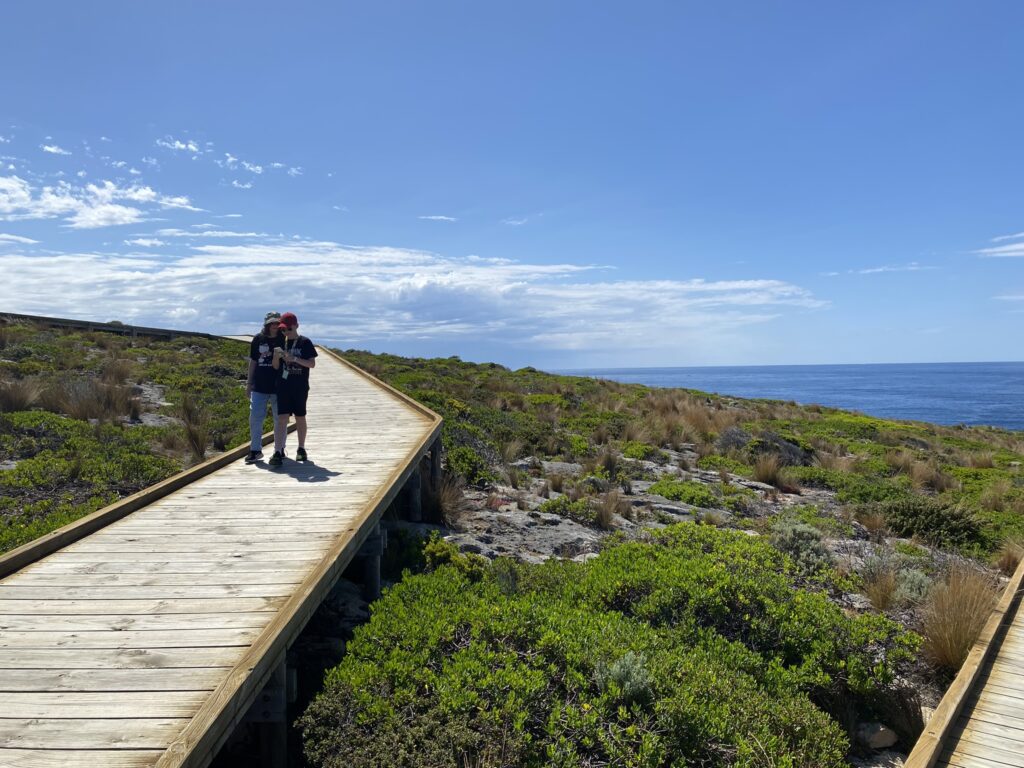
After a long hunting session at sea, fur seals come home to rest and sleep on smooth rocks. They love lying among the boulders, jumbled rocks, crevices and cracks that shelter them from wind and rain. Our Kidsetters were beyond thrilled watching the seals play.
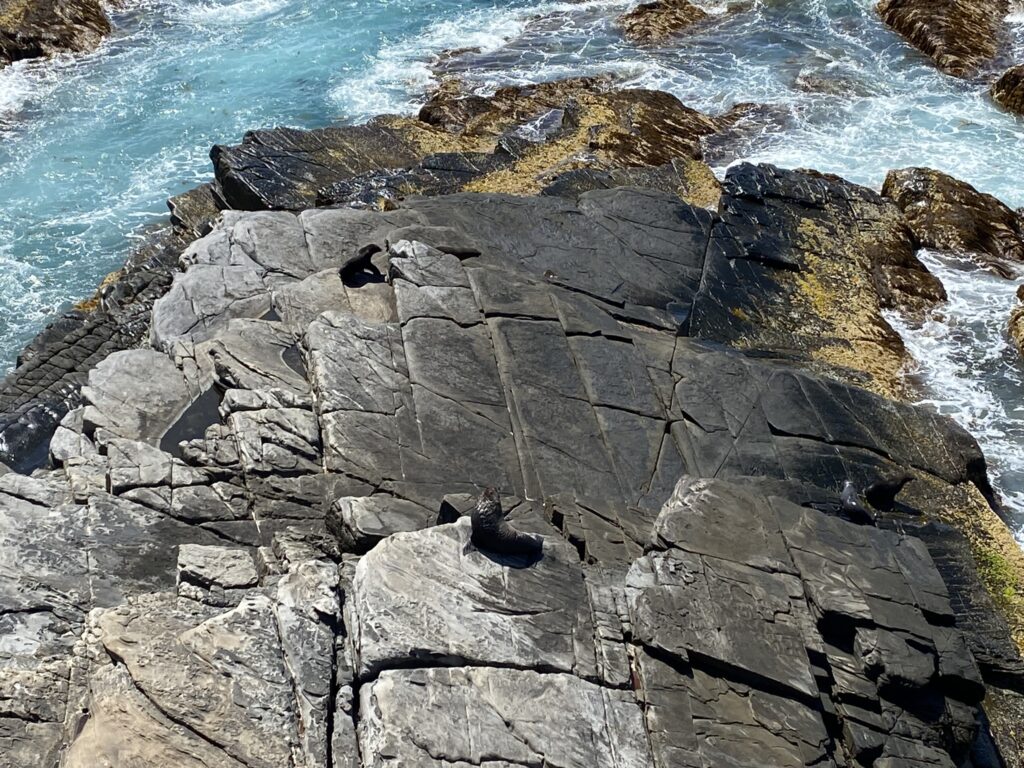
This high energy coastline is constantly being shaped by wind and waves. The famous ‘Roaring Forties’ winds rush from the west across the Southern Ocean. They give extra strength to the powerful waves that have carved the high cliffs and dramatic features such as Admirals Arch, which was once an ancient sea cave.
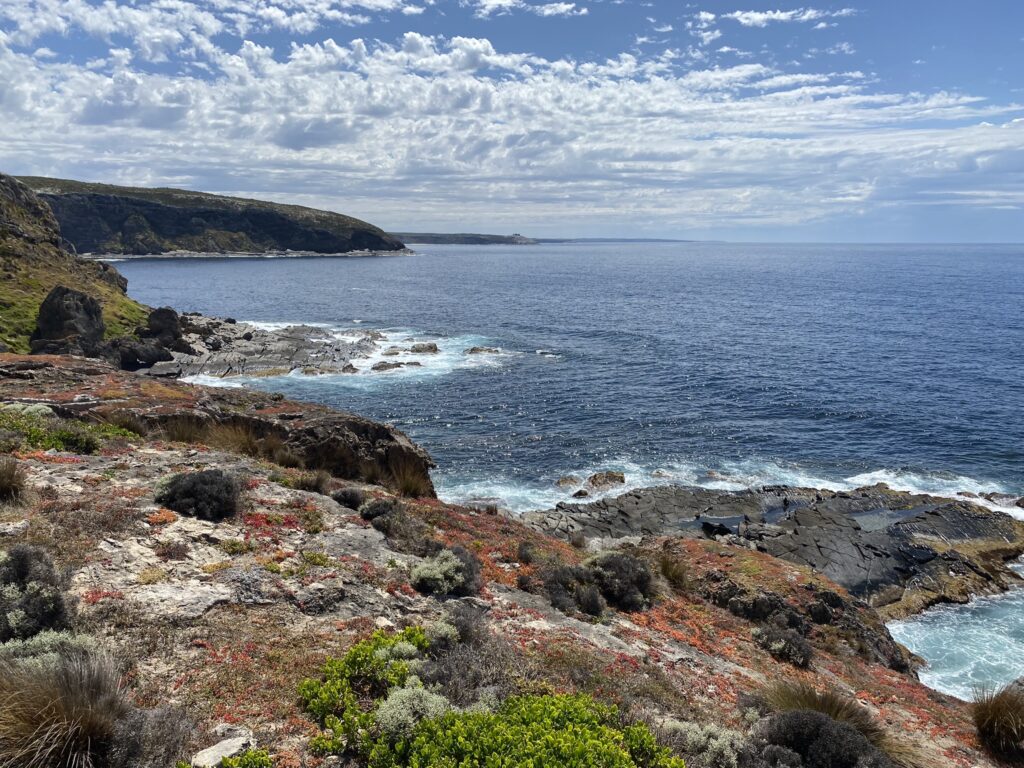
Admirals Arch is an important breeding colony for long-nosed fur seals. We were fortunate to see a Bull, which was massive around the neck and shoulders. They weigh up to 180kg and are 3 times bigger than the adult females (cows).
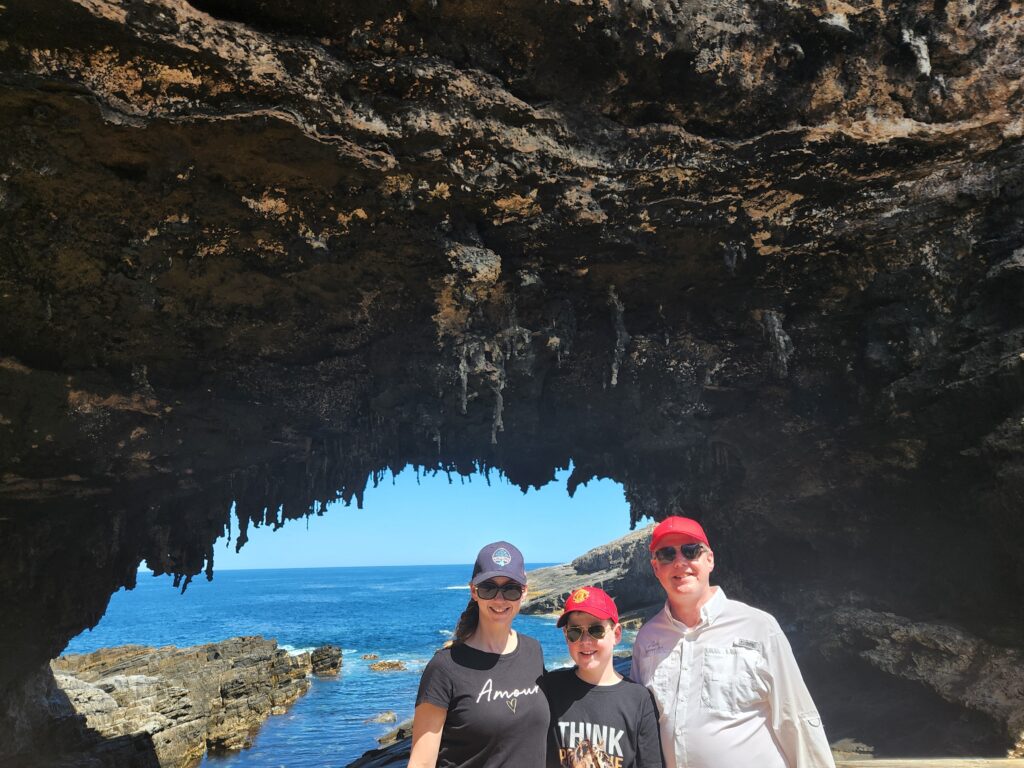
Cows weigh up to 50kg. Their pups are born black, then moult at about 4 months to the same dark gray as the other animals.
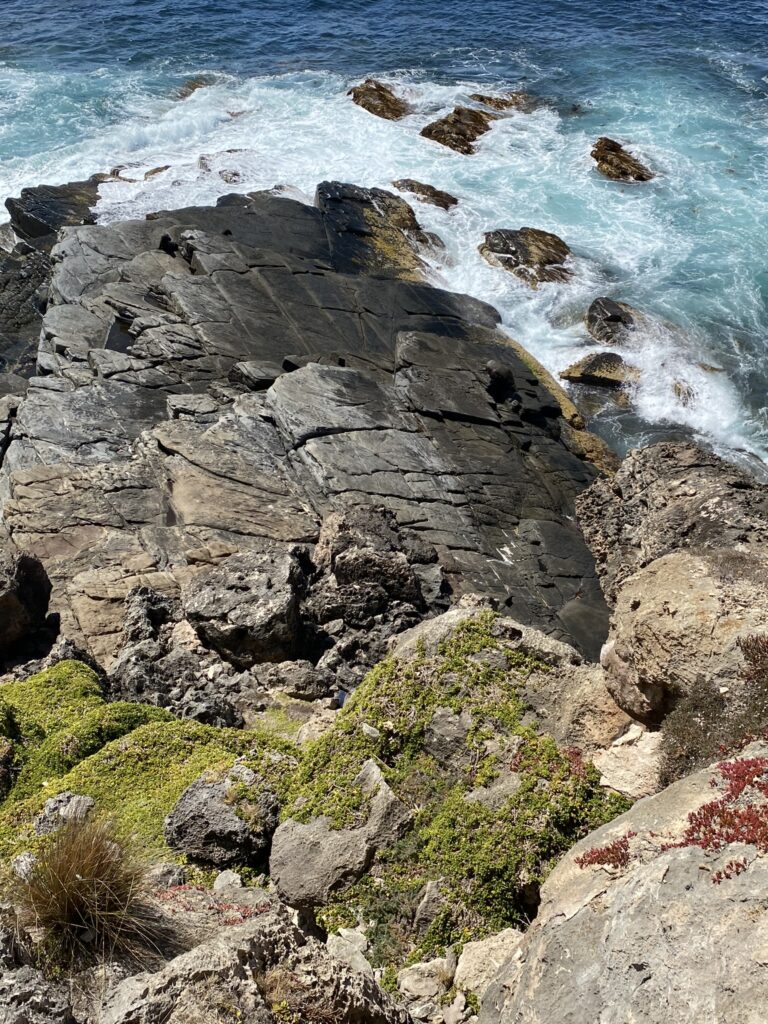
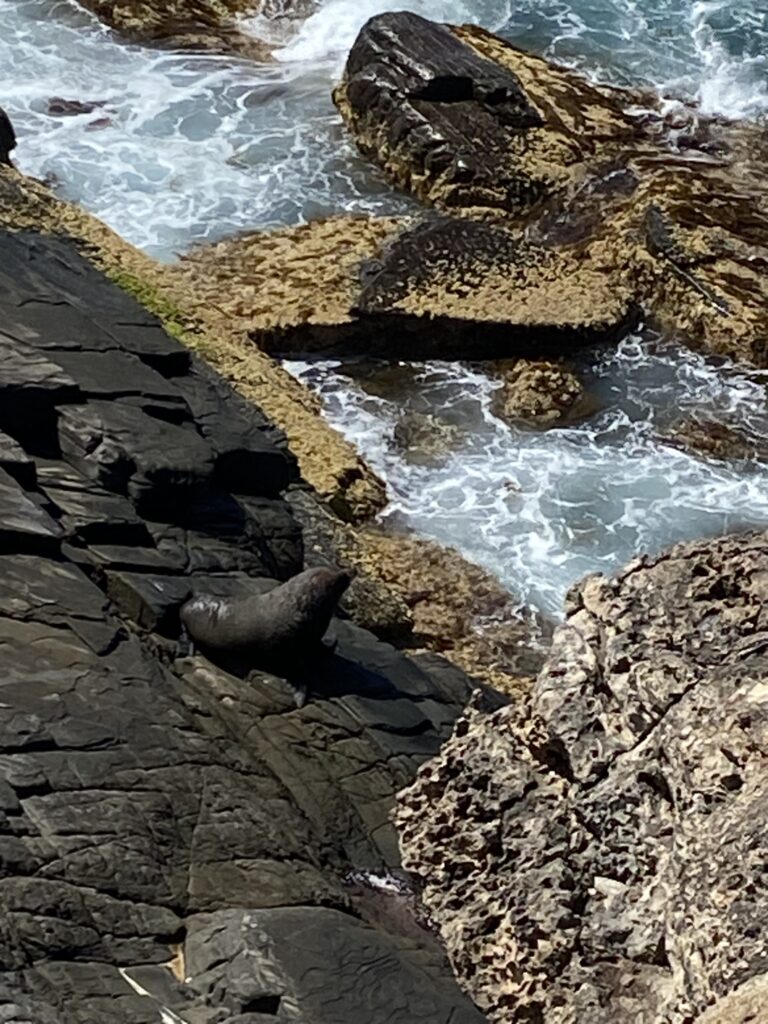
Within Western Kangaroo Island Marine Park lies the Cape du Couedic Sanctuary Zone, which protects a balanced marine food chain for fur seals and sea lions. No fishing is permitted here.
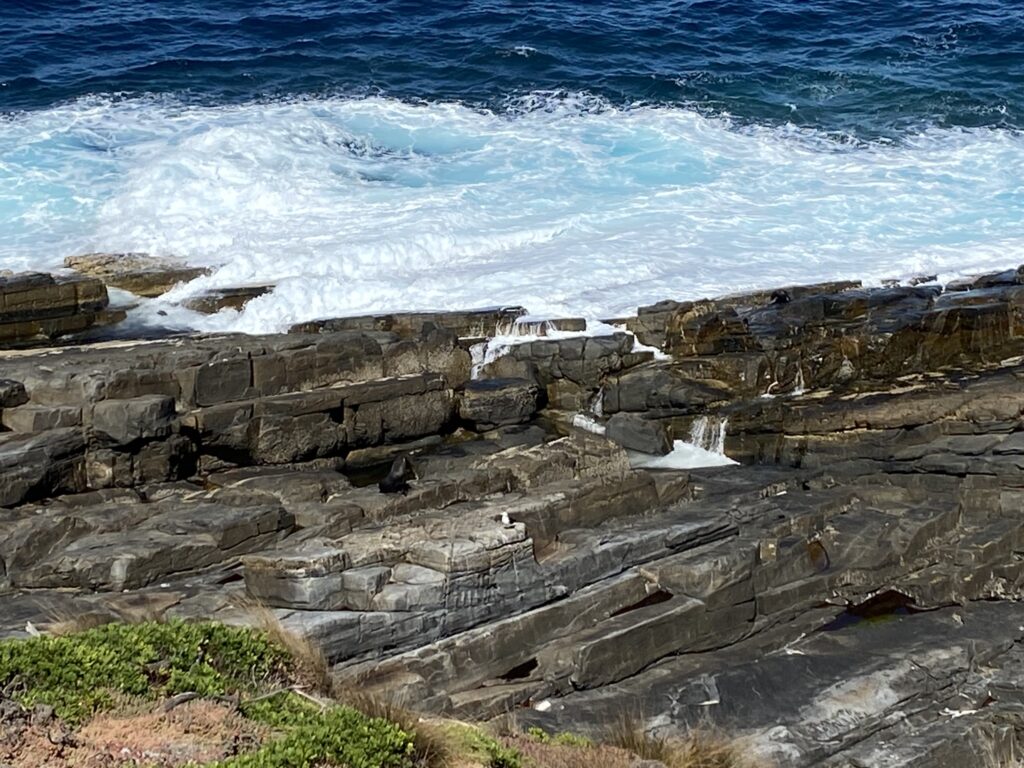
For the fur seals and sea lions, fish, squid. Octopus, crustaceans and seabirds are on the menu, unfortunately, so are they. This is also great white shark territory and a breeding seal colony means there is plenty of food for them too.
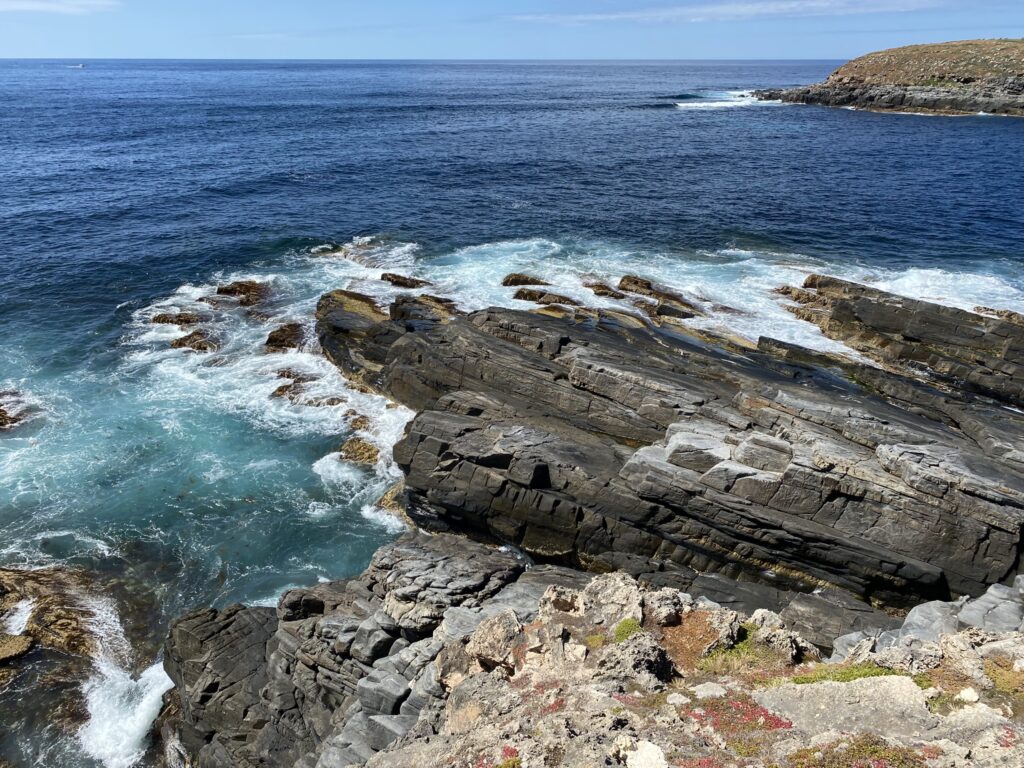
The 2019-20 bushfire event on Kangaroo Island was the largest in the island’s recorded history and burnt more vegetation than any other bushfire on the island. However, it doesn’t take long for the bush to start recovering. Many native plant species are adapted to survive, regenerate and thrive after fire.
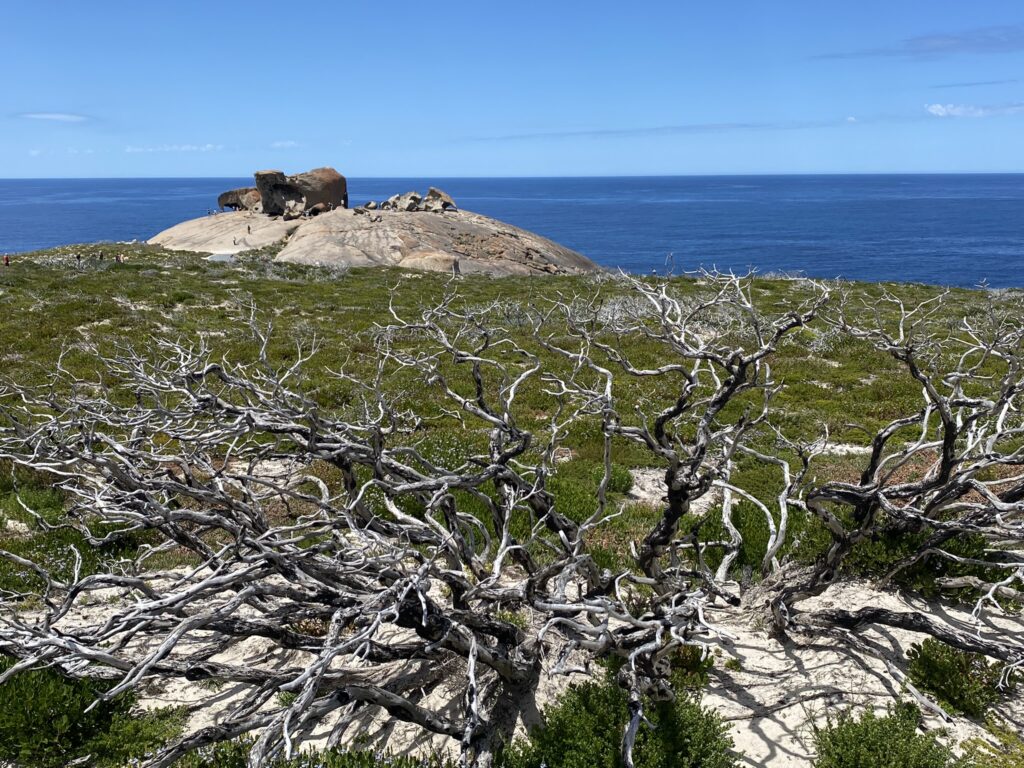
Next, we drove on to visit the Remarkable Rocks. Remarkable Rocks are known as an Ordovician granite, with the material coming from the splitting of the supercontinent Gondwana, which was made up of Australia, South America, Africa, India and Antarctica.
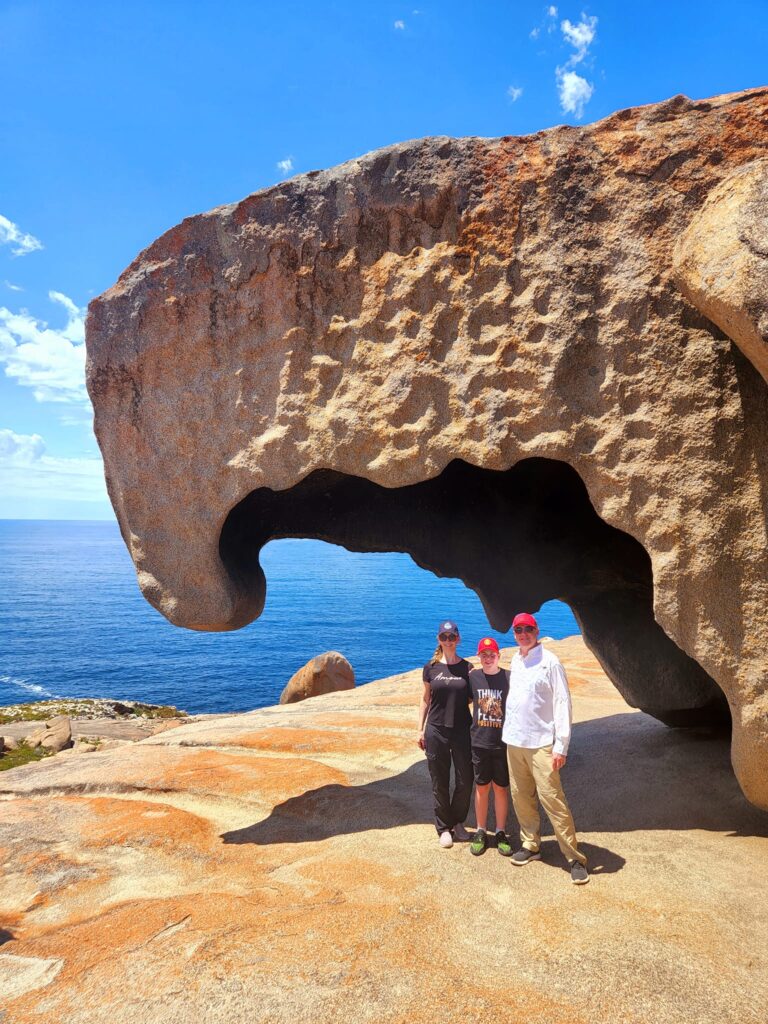
It took 500 million years for rain, wind, and pounding waves to create these aptly named granite boulders which are now part of the Flinders Chase National Park.
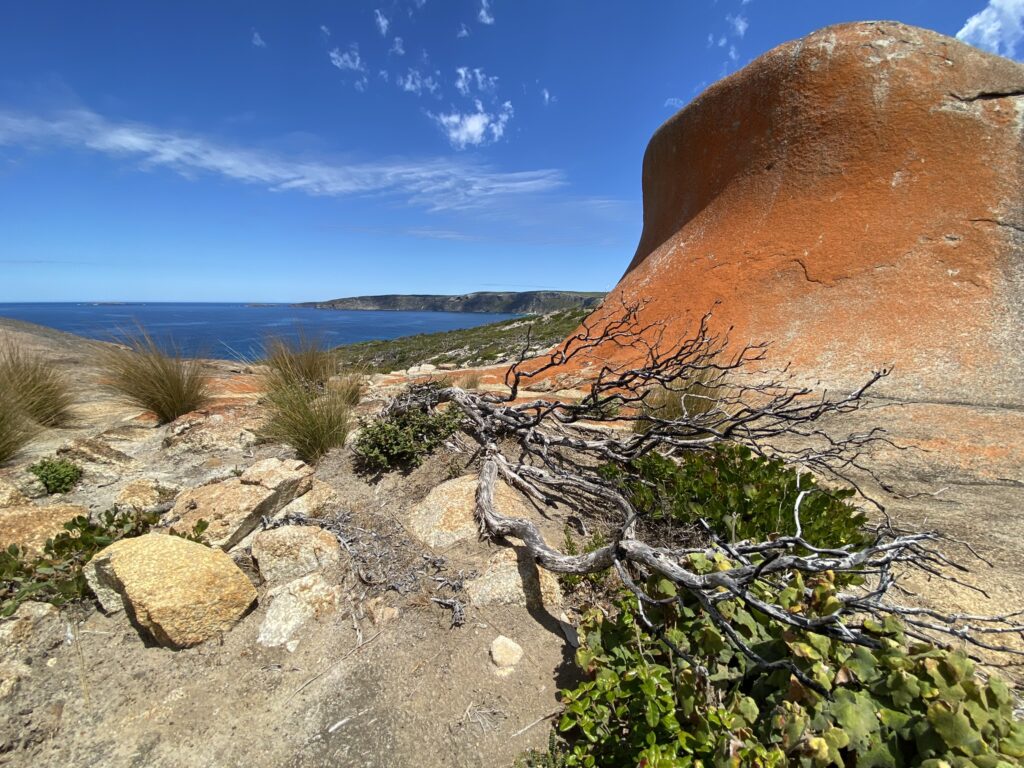
Many of the rocks are covered by golden orange lichen.
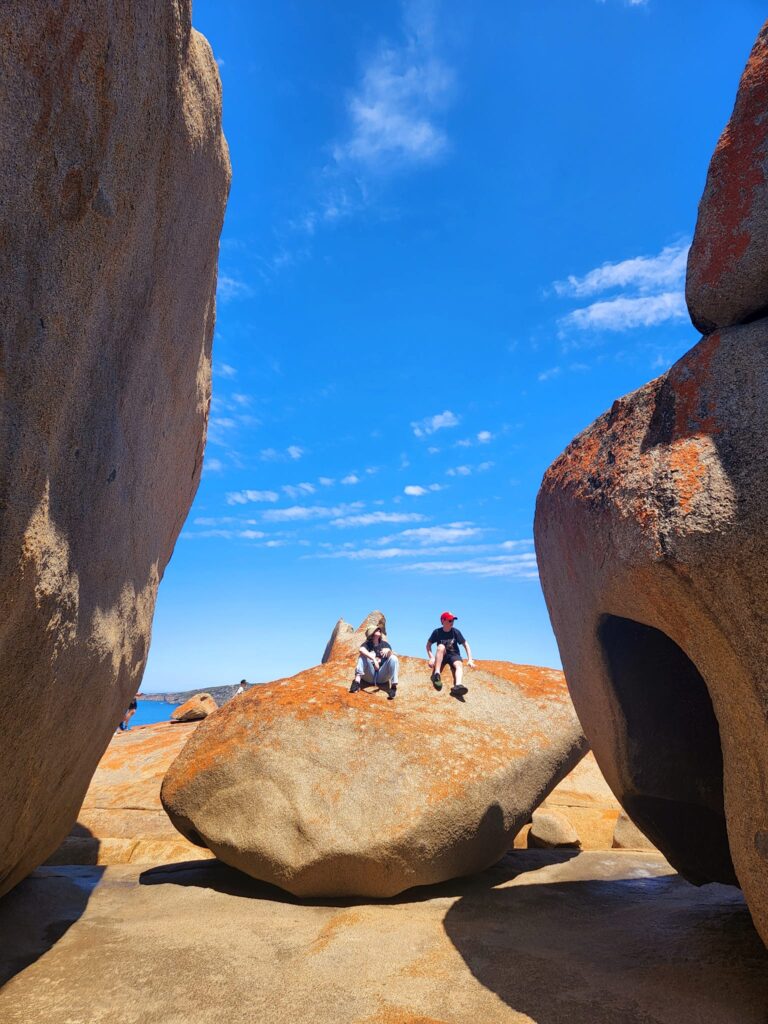
Black mica, bluish quartz and pinkish feldspar comprise most of the granite of Remarkable Rocks.

These flat rocks are easy and safe to walk on during dry weather and our Kidsetters had a blast climbing them.
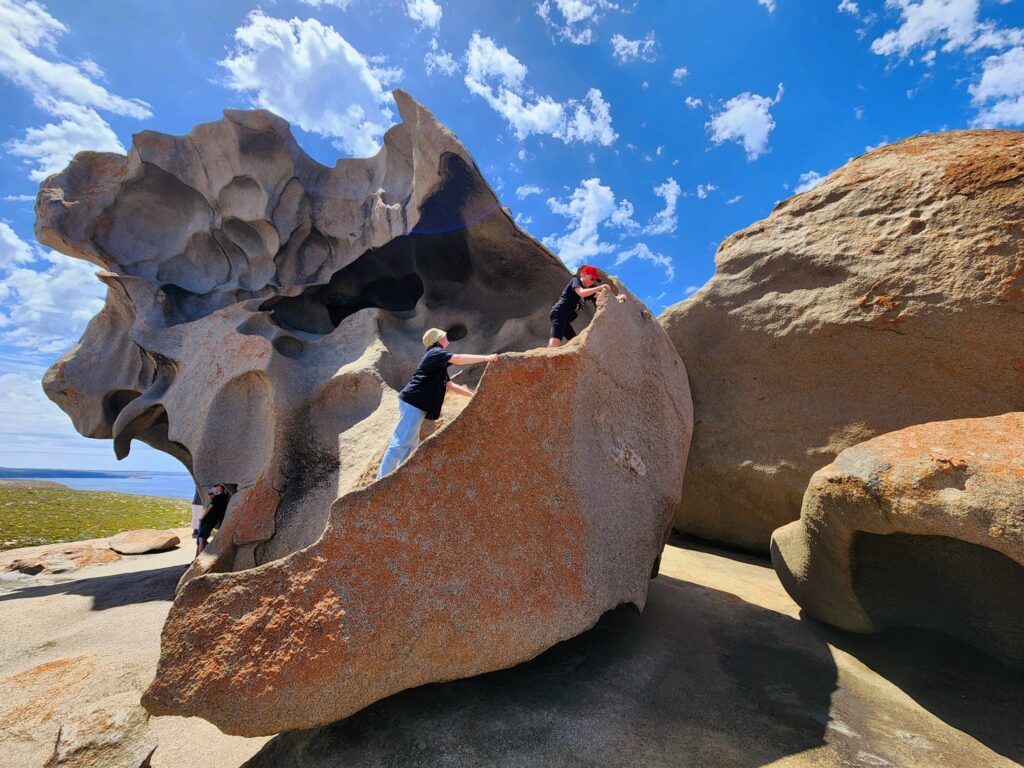
Alas, our day on Kangaroo Island had come to an end. There are plenty of things to experience on Kangaroo Island. Crystal clear waters are perfect for swimming, diving, kayaking and surfing while, on land, food safaris, bushwalks and walking tours are some of the best in Australia.

